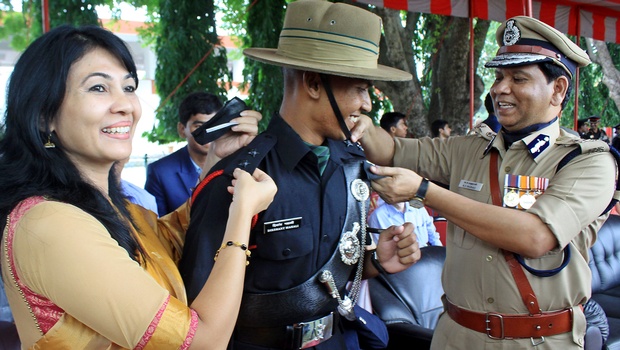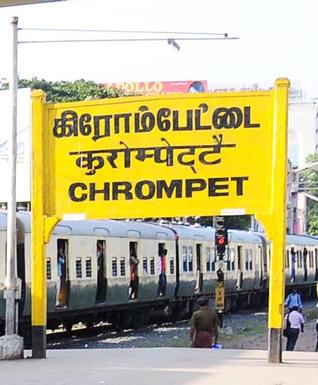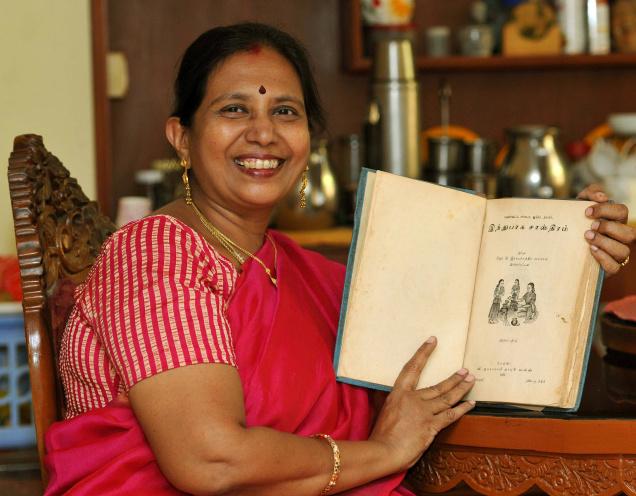Chennai :
Talking about menstrual health is still considered a societal taboo. It’s no hidden fact that Indian society dislikes anything to do with matters of menstruation and particularly menstrual waste. So how do we deal with this staggering amount of sanitary waste generated every month? What are the technologies to handle it?
With feminine hygiene gaining importance over the past decade, affordable, but non-biodegradable, sanitary pads are within the reach of many. Women either wrap soiled pads in paper and throw them along with domestic garbage or flush them down or throw them in water bodies. This dismal state of sanitary waste management pushed IIT-M alumnus V Ramachandran into developing Reprocide, a wall-mounted sanitary napkin destroyer that will incinerate soiled pads with minimal release of smoke into the environment. And for his efforts he was given the CavinKare-MMA Chinnikrishnan Innovation Award- 2015 recently.
What makes Reprocide different from other incinerators is that it has a twin chamber with thermal insulation to burn pads – this allows marginal fumes to get emitted. The 51-year-old electronic engineer, who worked on the machine for over two decades, said, “Many destroyers in the market have a single chamber. So when you open the chamber after using it, the smoke hits your face. Reprocide has twin chambers. We also have a programmable timer, which allows the machine to automatically switch on and off after a set duration.”
The machine burns the pads with its electrical heating system within few minutes. The ash could either be used as manure for plants or can be flushed out. Ramachandran’s machine, which was developed through his company Glo Life Care, has already been installed in many government schools and private companies across south India.
Ramachandran, who had earlier developed a sanitary napkin vending machine, began toying with the idea of an incinerator after he noticed sanitary workers struggling to find a convenient way to dispose used pads. “The drain in our street was clogged and when corporation workers got to work, they found large amount of sanitary pads blocking it. That was when I thought I should find a solution,” he said.
Reprocide is not just compact but packs a number of features to save power. The entire system is packed compactly in a sheet metal box coated with anti-rust proof painting. Ramachandran has developed nano models measuring 12.5 inch x 12 inch that can burn five napkins at a time and jumbo models measuring 10 feet x 10 feet that can burn 250 pads at a time.
“All the components, including the heating system, thermal insulation, temperature controller, emission and ash collection, have undergone several rounds of tests and certified by NABL accredited laboratories,” he said.
source: http://www.timesofindia.indiatimes.com / The Times of India / News Home> City> Chennai / by U. Tejonmayam, TNN / September 14th, 2015


